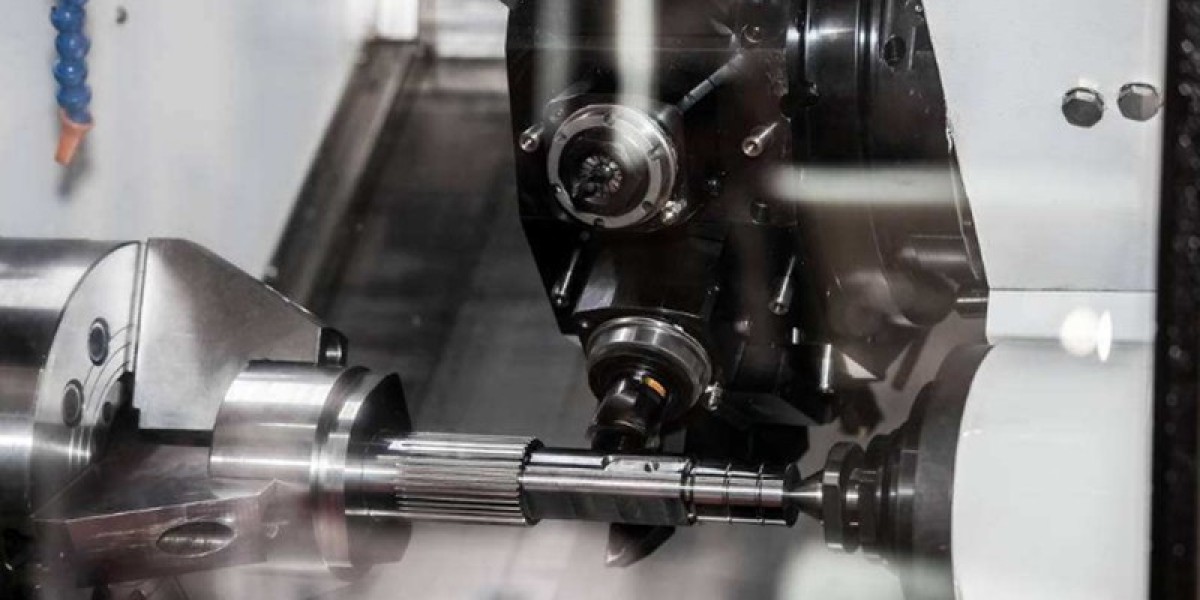https://www.wencerl.com/how-to-avoidstop-chatter-in-cnc-turning/
Chatter in CNC turning can be a persistent headache for machinists, often leading to reduced product quality, tool wear, and increased production time. However, with the right knowledge and techniques, you can minimize and eliminate chatter, ensuring smooth and precise machining operations.
What is Chatter in CNC Turning?
Chatter in CNC turning is an undesirable and often audible vibration or resonance that occurs during the machining process. It manifests as an irregular and uncontrolled motion of the cutting tool or work piece and can have several negative consequences in precision machining operations. Chatter is most commonly encountered in turning processes, where a rotating work piece is cut by a stationary tool.
Key characteristics of chatter in CNC turning include:
Vibration: Chatter produces noticeable vibrations in the machine tool, which can be observed and felt by operators. These vibrations can range from subtle to severe, depending on the severity of the chatter.
Noise: Chatter often generates a distinctive noise that machinists can hear, and it is characterized by irregular patterns and frequencies.
Tool and Work piece Damage: Prolonged chatter can lead to accelerated wear and damage to both the cutting tool and the work piece. This results in a decrease in tool life and potentially compromised work piece quality.
Surface Finish Issues: Chatter can result in poor surface finish on machined parts due to the erratic tool movement, leading to rough or uneven surfaces.
Reduced Accuracy: Chatter can cause deviations in the dimensions of the work piece, reducing the accuracy of the final product.
Increased Tool Wear: The repeated impacts and vibrations associated with chatter can accelerate tool wear, leading to more frequent tool changes and increased production costs.








